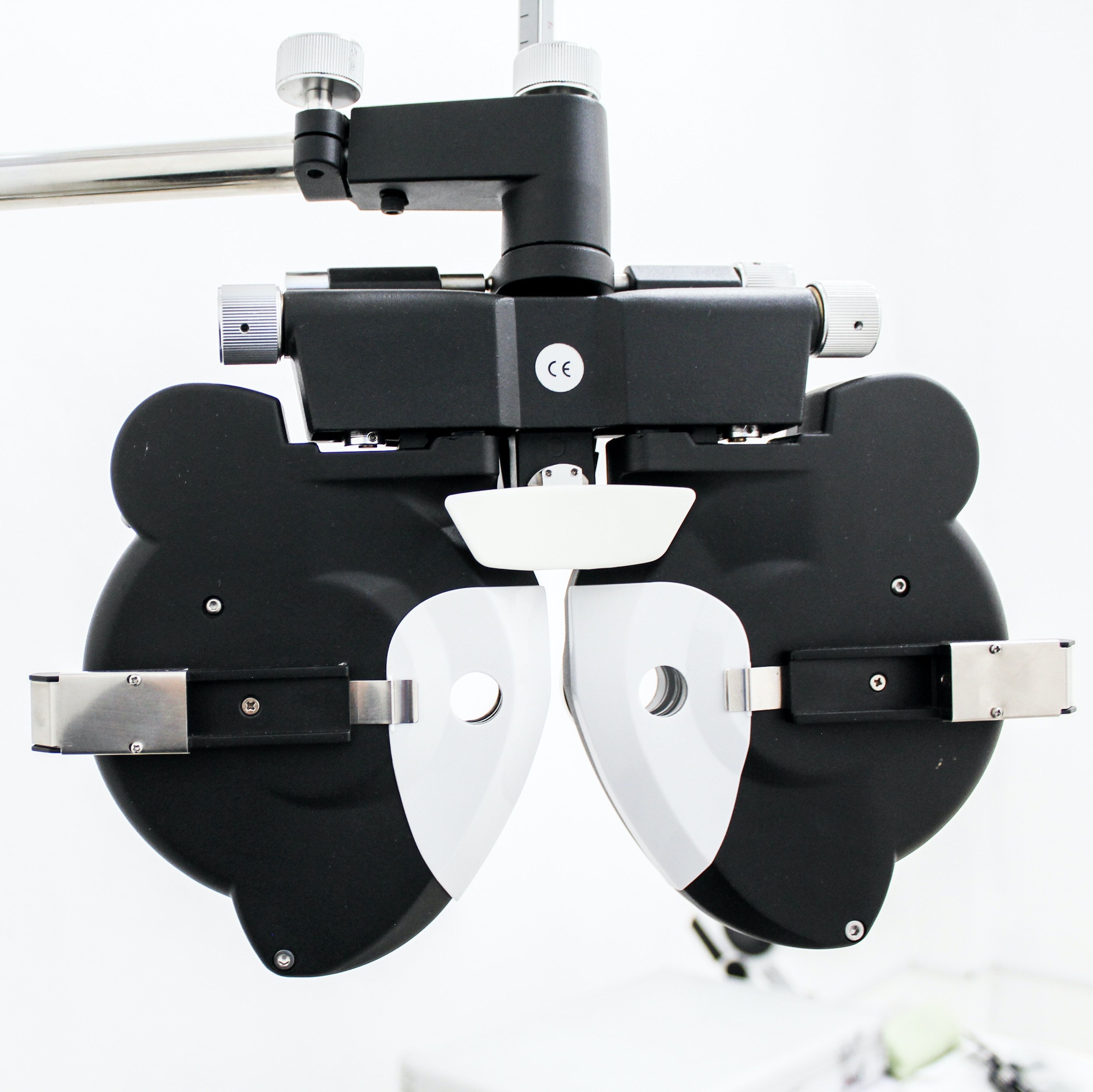Article
Rheumatoid Arthritis Linked to Development of Glaucoma
Author(s):
Authors call for further investigation of pathophysiological pathways between rheumatoid arthritis and primary open-angle glaucoma.

The relationship between rheumatoid arthritis (RA), the most prevalent autoimmune disease, and the risk of developing primary open-angle glaucoma (POAG) invites further investigation. While there's evidence that's indicated autoimmunity may be associated with neurodegeneration in glaucoma, evidence linking these 2 conditions is scarce.
A team of investigators, led by Seung Hoon Kim, MD, JD, Department of Preventative Medicine, Yonsei University College of Medicine, perfomed a cohort study to determine if rheumatoid arthritis is associated with increased risk of primary open-angle glaucoma among older, Korean adults.
At the conclusion of the cohort study, with hazard ratios ranging from 1.44-2.12, the results suggest that adults with rheumatoid arthritis are at a higher risk of subsequently developing glaucoma. Investigators believe in the possibility of a common pathophysiological pathway between RA and POAG that could be immune mediated and warrants further examination.
The Study
To analyze the association between these conditions, investigators conducted a nationwide propensity-matched cohort study with data from the Korean National Health Insurance Service-Senior cohort from 2002-2013. The data analysis occurred from November 2020-July 2021.
Development of primary open-angle glaucoma was the main outcome. The cumulative incidence of POAG was calculated using the Kaplan-Meier method, and its incidence rate was estimated with a Poisson regression. The association between rheumatoid arthritis and risk of POAG was examined through a Cox proportional hazards regression model.
Among the 10,245 patients, 2049 patients with seropositive rheumatoid arthritis, and 8196 time-dependent, propensity score-matched, risk-set controls were included. Most of the population was women (73.1%) and the mean age was 67.7 years.
The Results
Investigators reported that the cumulative incidence of primary open-angle glaucoma was higher among patients in the rheumatoid arhtritis group, which had a total of 86 patients develop glaucoma by the conclusion of the study. The group displayed an incidence rate of 981.8 cases of glaucoma per 100,000 person years (95% CI, 794.3-1213.7 cases per 100,000 person years).
The control group had 254 cases of glaucoma with an incidence rate of 679.5 cases per 100,000 person years (95% CI, 600.8-768.3 cases per 100 000 person years). These findings led investigators to conclude that patients with RA were more likely to experience subsequent glaucoma compared with those without RA (hazard ratio [HR], 1.44; 95% CI, 1.13-1.84).
Risk of primary open-angle glaucoma was especially increased among patients with rheumatoid arthritis 2 years into the follow-up period (HR, 1.83; 95% CI, 1.28-2.61), and among patients who were 75 years of age or older (HR, 2.12; 95% CI, 1.34-3.35).
"These findings suggest that RA is associated with a higher risk of developing POAG, especially within 2 years after diagnosis or among patients aged 75 years or older," investigators wrote. "There may be a common pathophysiological pathway between RA and POAG that is possibly immune mediated, and the nature of this association warrants further investigation."
The article, "Development of Open-Angle Glaucoma in Adults With Seropositive Rheumatoid Arthritis in Korea" was published in JAMA.




